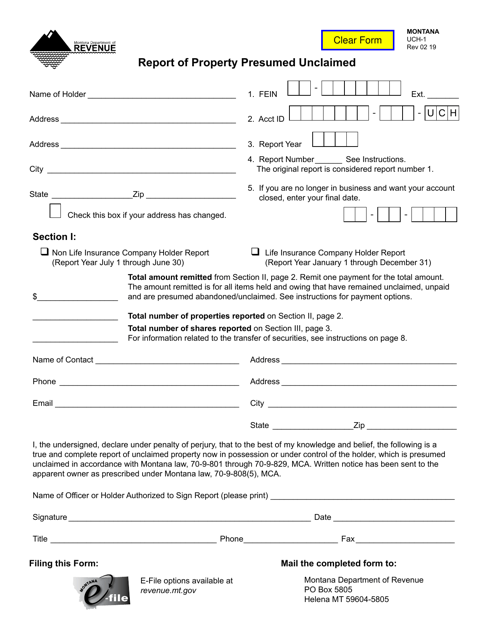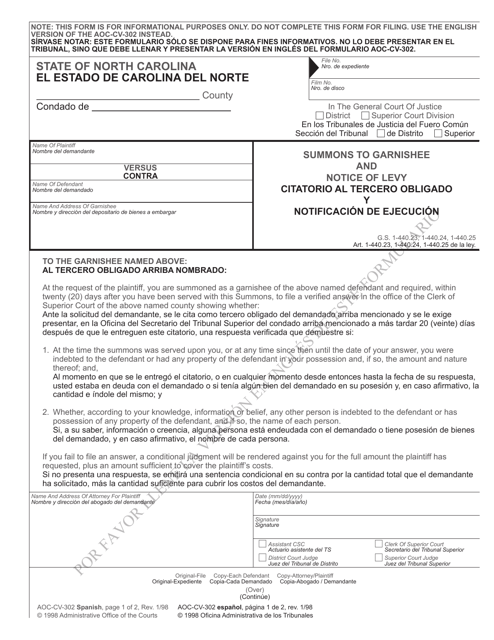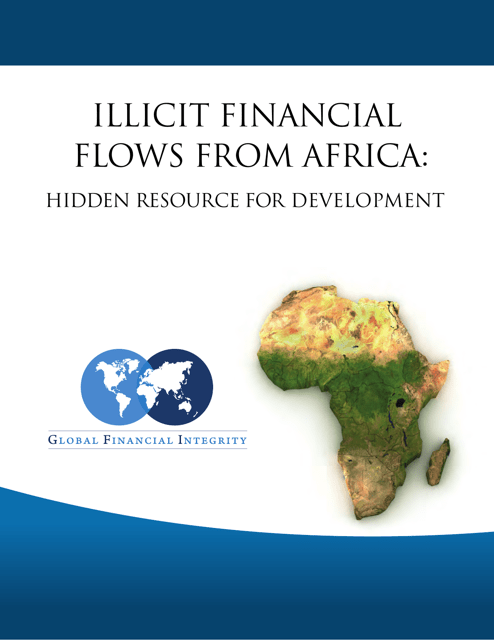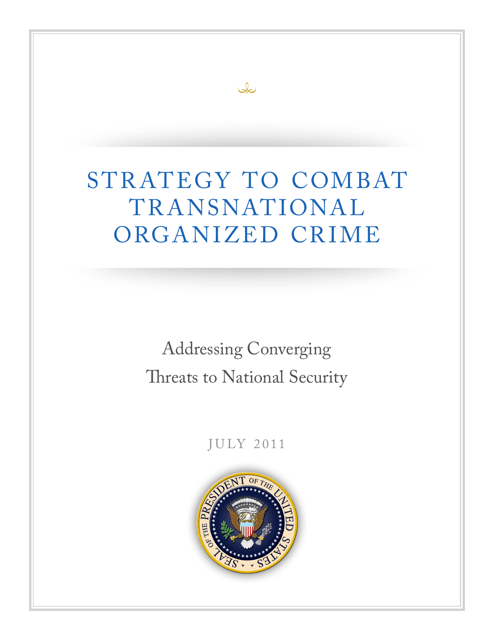Asset Recovery Templates
Asset Recovery, also known as the process of reclaiming lost, stolen, or improperly used assets, is a vital component in ensuring justice, economic stability, and accountability. It involves various legal and investigative measures aimed at identifying, locating, and returning assets to their rightful owners or governments.
Asset recovery is a multifaceted field that spans across different sectors and jurisdictions. It encompasses the recovery of financial assets, such as funds obtained through illicit activities or hidden offshore accounts. Additionally, it extends to tangible assets, including properties, vehicles, art, and other valuable items obtained unlawfully.
Governments and organizations around the world recognize the importance of asset recovery in combating corruption, money laundering, and organized crime. By recovering assets, countries can redirect the ill-gotten gains towards public services, social development, and infrastructure projects that benefit their citizens.
In order to facilitate the asset recovery process, specific documents and forms have been developed. These documents play a crucial role in documenting and providing evidence of illicit activities, ownership claims, and legal proceedings. Examples of such documents include Form UCH-1 Report of Property Presumed Unclaimed in Montana and Form AOC-CV-302 Summons to Garnishee and Notice of Levy in North Carolina (English/Spanish). These documents help authorities track and trace assets, initiate legal actions, and ensure compliance with relevant regulations.
Furthermore, reports and publications related to asset recovery, such as "Illicit Financial Flows From Africa: Hidden Resource for Development" and "Strategy to Combat Transnational Organized Crime," shed light on the challenges and strategies involved in the asset recovery process. These resources provide insights into the global efforts to recover stolen assets, promote transparency, and strengthen international cooperation.
The asset recovery landscape also includes specialized programs and initiatives, such as the Medicaid Estate Recovery Program Worksheet in Texas. These programs focus on recovering assets related to healthcare services, ensuring that healthcare funds are effectively utilized and that individuals are held accountable for any fraudulent claims or misappropriation of resources.
In conclusion, asset recovery is a critical tool in the fight against corruption, money laundering, and organized crime. It requires a comprehensive approach that encompasses legal frameworks, investigative techniques, and international cooperation. Through the use of various documents, reports, and initiatives, asset recovery aims to restore justice, uphold the rule of law, and promote economic stability.
Documents:
5
This document is used to notify a third party (garnishee) that they are required to withhold and pay the debtor's funds to satisfy a debt. It is available in both English and Spanish languages.
This document explores the issue of illicit financial flows from Africa, and how they represent a hidden resource for development. It discusses the significant amount of money that is illegally transferred out of Africa each year, the negative impact this has on the continent's development, and potential solutions to address this problem.
This form is used for the Medicaid Estate Recovery Program in Texas. It is a worksheet that helps determine the amount of money owed to Medicaid from the estate of an individual who received Medicaid benefits.





